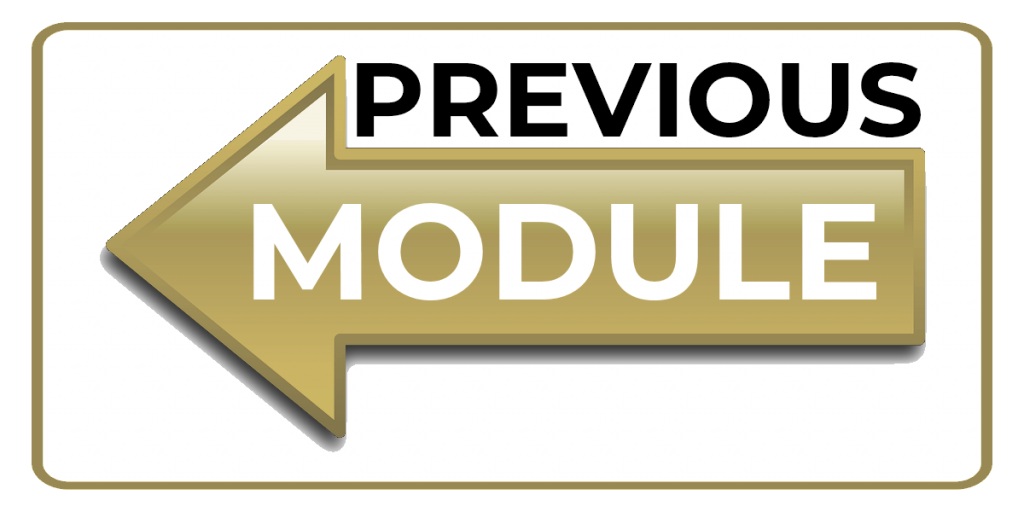
MODULE 1 - PLANNING YOUR ELK HUNT
CHAPTER 1: EXPECTATIONS & LOGISTICS

At the heart of your planning, there are a few basic questions you need to answer to get started:
- What are your expectations for the hunt?
- How do you define success? What is your goal? Are you simply looking for the experience, or is filling a tag important to you? Will you be happy shooting a 5-point on the first day, or are you hoping to bring home the next world record elk?
- What weapon are you planning to hunt with (archery, muzzleloader, or rifle)?
- What is your budget (both time and money)?
- When do you want to go (this fall, or are you OK waiting a few years)?
I want you to stop reading right now and write down the answers to those questions. Seriously. It is vital to set realistic expectations right from the very beginning so you don’t end up disappointed with your experience. What is your goal? What is your weapon? What is your budget? When do you want to go?
If you’re only interested in hunting 350” bulls with a rifle during the rut, you only have 3 days to hunt and no time to scout, and you want to go this fall, your options are going to be limited. Very limited. And your budget had better not be…
If you want to experience the “on-your-own” allure of the Rocky Mountains during the elk rut and simply have a chance at filling a tag with any legal bull, you will have multiple options to choose from, and you can keep costs relatively low.
Both hunts mentioned above are completely obtainable, but they will likely take place in different states and on different budgets.
States such as Arizona, New Mexico, Utah, and Nevada are known for producing world-class elk, but obtaining a tag can be a long and frustrating process (we’ll cover Over the Counter vs. Draw Tags a little later in this Module). In some states (like Nevada, Utah, or New Mexico), there are opportunities to circumvent the draw process and buy landowner tags or auction tags, or hire an outfitter to obtain guaranteed tags. These options typically shorten the wait time for a quality elk tag, but will require deeper pockets.
On the flip side, states like Montana, Colorado, Oregon, and Idaho provide ample opportunities, in some cases the ability to simply show up and buy a tag each season. But, as you might expect, opportunity and quality don’t typically – or readily – go hand-in-hand.
REALISTIC GOALS
What do you hope to accomplish on this hunt? Is filling your tag the primary goal? If it is, would you be happy with a cow elk, or do you want a set of antlers to bring home? If you’re holding out for a bull, would you be thrilled with a spike or a raghorn, or are you holding out for a monster 6×6? Or, are you happy just with the opportunity to be chasing elk with a weapon in your hand, and filling a tag would be icing on the cake?
Many of us have visions of beautiful high-mountain country with the sound of bugling bulls echoing in the canyons below you. Ultimately, most of us envision looking through our sights at a bull elk just seconds before he falls to our shot. Then, there is the image of walking up on that bull and wrapping our hands around the massive main beam of his antlers.
If that is what success looks like for you, be warned. That is not what reality looks like for the vast majority of elk hunters — especially those who are new to the pursuit. In fact, the overall success rate for elk hunters hovers somewhere around 10-12%, which means that approximately 9 out of 10 elk hunters go home without an elk each season. Or, the average elk hunter only fills their elk tag once every ten years or so.
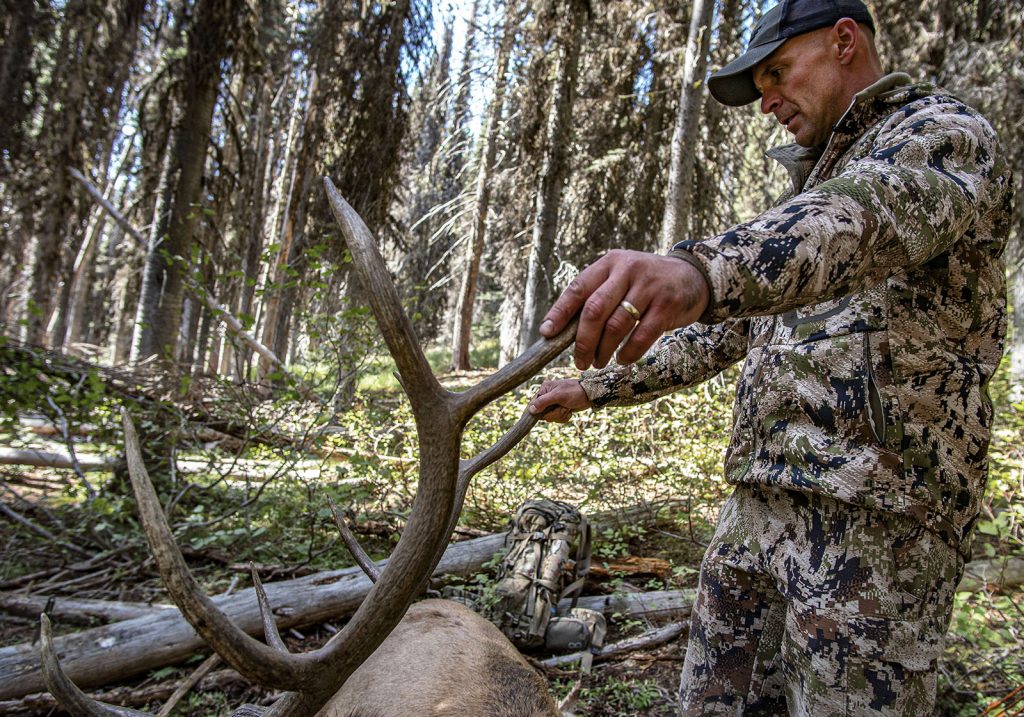
However, I am not here to dash your dreams. In fact, I don’t want you to be intimidated at all by the daunting odds of success. While most OTC elk hunts hover at the lower end of the success rates, you have signed up for this Online Course and made it clear that you aren’t willing to settle for average. Average is not good enough, and in the next 60 Chapters, I am going to provide you with the tools you need to increase your confidence – and your success rate – drastically. It’s still going to take a lot of work on your part, but if you follow the information in this Course and work hard, I have no doubt that you will be able to accomplish your elk hunting goals on a consistent basis.
No matter where you currently are in your elk hunting journey, and no matter what success looks like to you, this Course is aimed at helping you achieve your goals. If you are truly after a giant bull, there are plenty of advanced topics and tactics that will be covered to help you hone your knowledge and skills in that pursuit. If you are a new elk hunter that needs to learn it all from the very beginning, this Course will no-doubt help you with that as well. Ultimately, regardless of where you are in the process, my goal is to help you get better. I want you to possess the confidence you need to step into the elk woods this fall and know you have a real chance at making your dream a reality. So, let’s get started!
SEASONS & WEAPONS
The weapon you use is going to play a big part in your planning. For the most part, archery seasons typically occur during the heart of the rut. If you’re looking for a bugling experience, there are several options for archery hunters. However, these options become much more limited for muzzleloader and rifle hunters. Some states also offer late (November and December) archery hunts, while others do provide some early (September) seasons for rifle and muzzleloader. Deciding what weapon you want to hunt with will likely dictate – at least to some degree – the state and the month you are able to hunt.
To explain these differences at a higher level, I will break elk season down into three parts: early-season, mid-season, and late-season. I will also explain the hunting methods that are most commonly allowed during these three seasons.
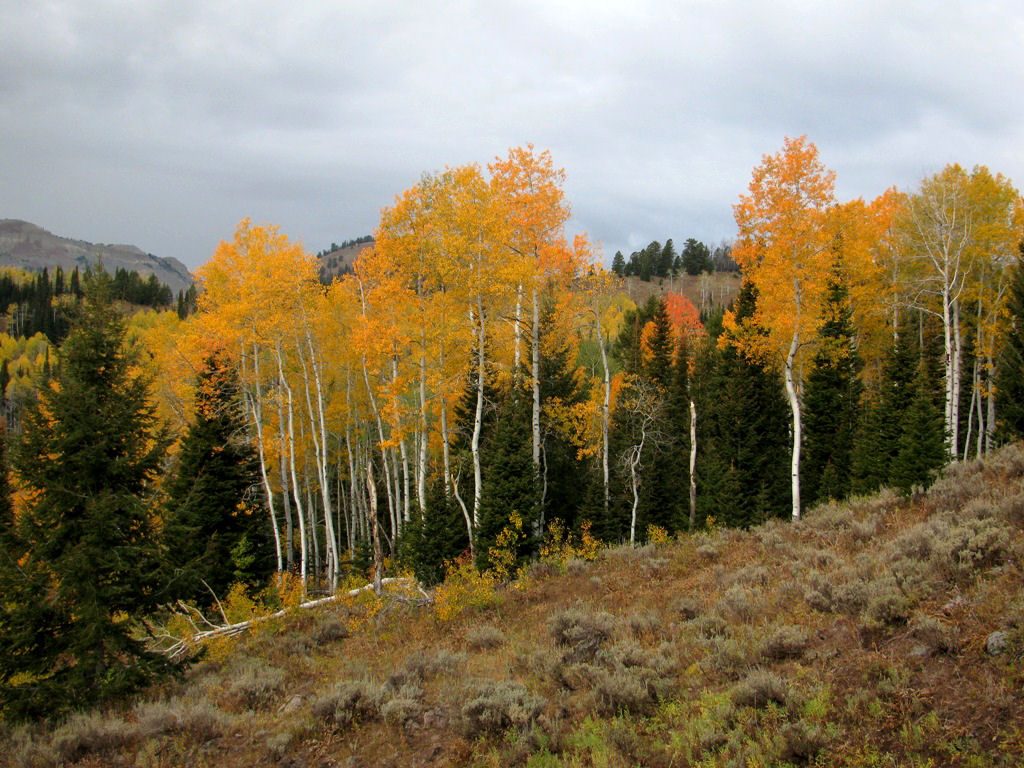
EARLY-SEASON (ARCHERY)
In most states, the first elk seasons typically open in late August or early September. For this discussion, we will consider the “early-season” to be opening day through the month of September. The archery season in most elk hunting states takes place during this timeframe.
For the most part, elk are primarily being pursued by bowhunters during the month of September. However, some states also allow limited muzzleloader – and even rifle – hunting during the month of September as well. There are definite advantages to hunting during the “early-season” as the rut occurs primarily during this timeframe.
MID-SEASON (MUZZLELOADER & FIREARM)
Just as the “early-season” can be generally described as the month of September, the “mid-season” can be roughly categorized as the month of October. The majority of elk hunting with firearms takes place during the month of October across the West, and brings a high number of hunters to the elk woods. This season also correlates with the highest number of elk being harvested. While the rut is winding down in most states during this timeframe, the added advantage of modern firearms and the sheer volume of hunters provide the highest “volume” of success.
The “mid-season” also offers additional limited muzzleloader hunting opportunities in several states, some of which is the continuation of muzzleloader seasons that began in late September and extend into early October.
LATE-SEASON (ARCHERY, MUZZLELOADER, AND FIREARM)
Since the “early-season” consists of the days of September and the “mid-season” is roughly the month of October, the “late-season” is comprised of what remains. In some states, “late-season” opportunities include the month of November, and in other states might even extend into December and January. The “late-season” timeframe offers the most variety of weapon choices, with some states providing “late-season” hunting with all three methods.
With a basic overview of the “seasons” and the associated weapons that are typical of those seasons, I’ll dig a little deeper into the specific weapon platforms and discuss some of the unique characteristics of hunting elk with each of them.
ARCHERY HUNTING
Pursuing elk with a bow-and-arrow can be an incredible challenge. Becoming a proficient shooter with archery equipment requires dedicated practice, and the challenge of getting within bow range of an elk is unlike any other. However, archery seasons in most states provide bowhunters an opportunity to hunt elk at the most exciting time of the year, and many elk hunters have picked up bowhunting for no other reason than the opportunity to hunt elk during the magical month of September.
Archery hunting gives the elk hunter numerous advantages. Here are some of the main benefits of pursuing elk with a bow-and-arrow:
- Archery seasons provide the most opportunity to hunt the early-season, which coincides with the rut. During this time, elk behavior can be more predictable, elk can be more visible, bulls are more aggressive, and calling can be very effective and exciting.
- Archery tags are often easier to obtain than muzzleloader and rifle tags. Multiple states offer Over-the-Counter (OTC) archery elk tags for areas that are often limited for muzzleloader and rifle. This means you might be able to just show up and purchase a tag to go archery hunting, but a rifle hunter might have to apply for a chance to “draw” a tag to hunt the same area. For areas where all tags are controlled by a limited draw, most archery tags are easier to draw than a corresponding firearm tag.
- Archery seasons are often longer than firearm seasons. Many states offer a primary bow season that is around a month long, whereas the seasons for other methods are often less than half that length.
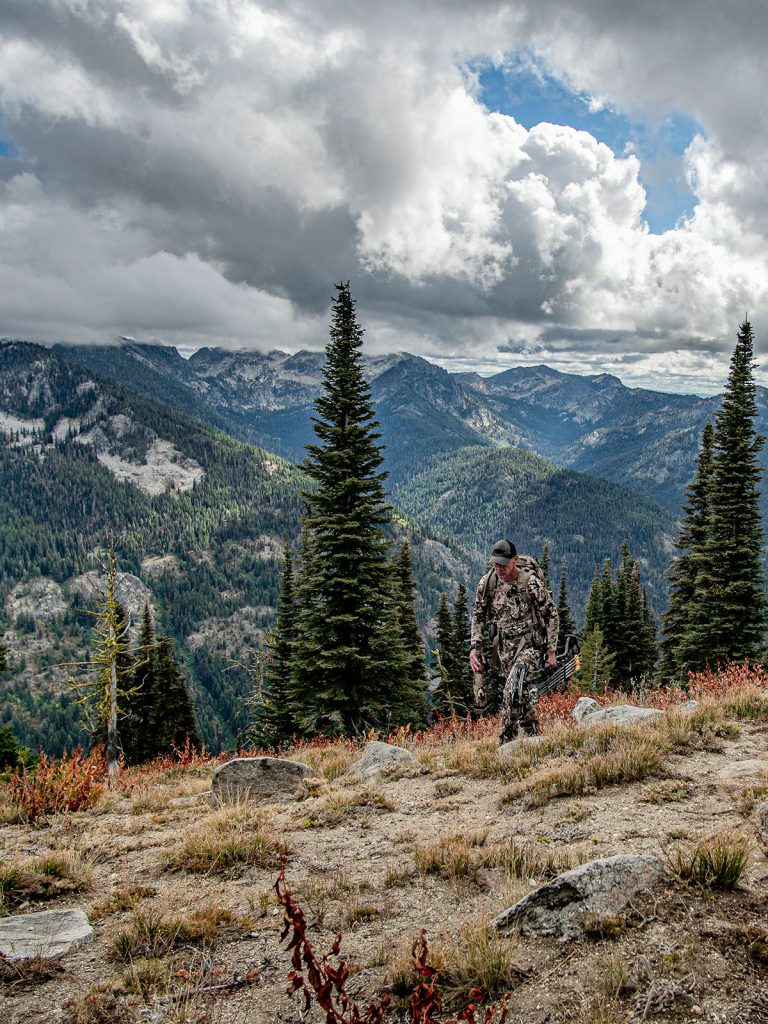
- Although the popularity of bowhunting for elk is growing rapidly, the number of archery hunters is still far less than the number of rifle hunters. Bowhunters are also scattered across a longer season, which means there are fewer hunters in the woods at any given time during archery season, compared to firearms seasons. And since archery seasons are generally the first seasons of the year, the elk have yet to be pressured as heavily as they will be later in the year.
That all sounds great, right? So why would someone not hunt elk with a bow-and-arrow? The primary answer to that question is simply that shooting a bow and arrow competently is a skill that takes time, practice, and dedication. To simply show up and hope to be able to kill an elk without putting in months of effort would likely lead to disappointment and frustration. Due to the limited effective range of archery equipment, shot opportunities can be difficult to come by. It is not uncommon to spend a week bowhunting and see plenty of elk, but never have a shot opportunity with a bow. I always say that bowhunting begins where rifle hunting ends. This means that a bowhunter really doesn’t start “hunting” until they get inside 300 yards of an elk. On the flip side, most rifle hunters have already shot the elk once they get to 300 yards. Bowhunting requires patience, proficiency, and practice on a level that rifle hunting does not.
MUZZLELOADER HUNTING
Pursuing elk with a muzzleloader offers some unique benefits and challenges. A muzzleloader doesn’t have as great of an effective range as a center-fire rifle, but it does have a greater effective range than archery equipment. So, from an archery perspective, a muzzleloader offers the benefit of increased shot opportunities, while a rifle hunter might find that a muzzleloader conversely offers limited shot opportunities. For a rifle hunter, the switch to a muzzleloader doesn’t require the same learning curve or budget as switching to bowhunting might, yet it may allow you to pursue elk during the month of September or more easily acquire a tag.
Numerous states allow muzzleloader hunting in some portion of September, which offers the opportunity to hunt elk during the prime time of elk activity and calling responsiveness, without having to embark upon the challenge of learning archery. Again, this can be great news for rifle hunters. However, muzzleloader seasons in September are usually shorter than the archery seasons, and the tags for muzzleloader hunts are often more difficult to obtain than the archery tags.
In the end, muzzleloader hunting provides some unique benefits for elk hunters coming from the firearms perspective, but archery hunters might find that muzzleloader hunting is more restrictive and offers less opportunity than pursuing elk with a bow, even with the slightly extended range over archery equipment.
RIFLE HUNTING
The most popular method of hunting elk is with a rifle. A rifle is certainly the most capable weapon to kill an elk and often provides the most shot opportunities for elk hunters. I am absolutely not saying that you can be careless and not practice as a rifle hunter, but it is undeniable that the rifle is the easiest weapons platform to employ effectively, and requires the least amount of learning and practice to become proficient with.
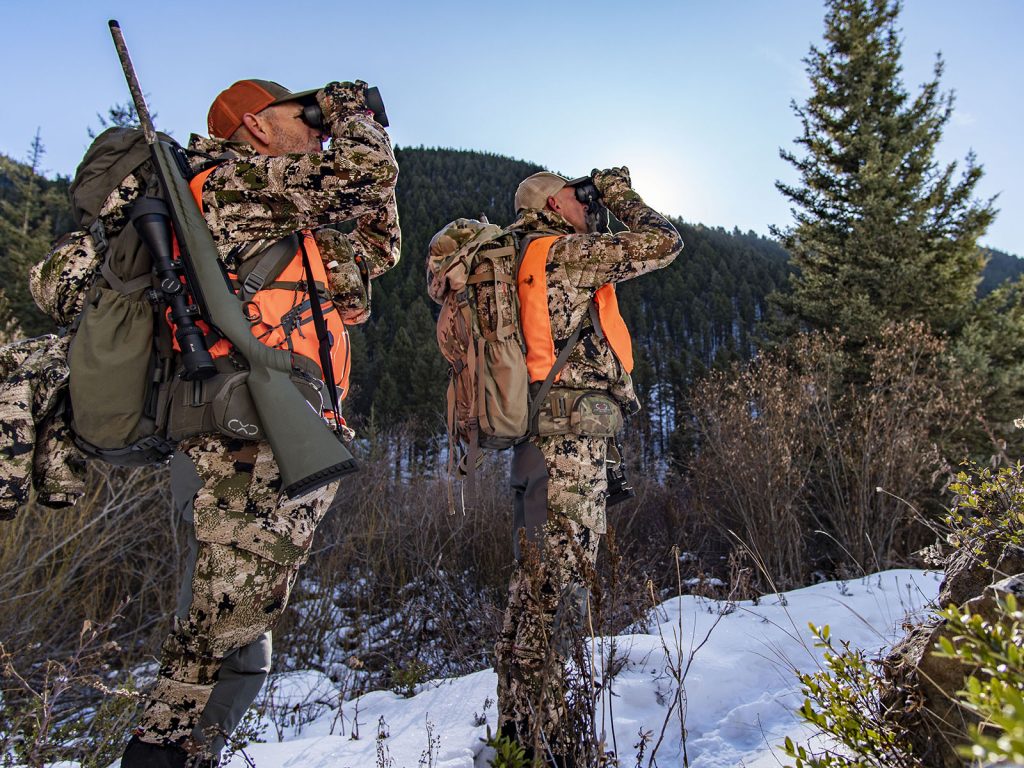
Since rifle hunting is the most popular method of hunting elk, there are more hunters in the field during most rifle seasons, which means more competition for you and more pressure for the elk. The increased hunting pressure will, at least potentially, have a negative effect on the elk. Hunting pressure can make the elk less responsive to calling, move them to thicker cover where they are harder to locate, and alter their feeding activity to nocturnal and the very earliest/latest portions of daylight. With that being said, pressure from other hunters can be used to your advantage if you know how the elk will respond and how your hunting tactics should change accordingly.
To keep the hunting pressure under control, the availability of elk tags for rifle seasons are often more limited — which often means fewer Over-the-Counter (OTC) options, more lotteries/drawings, and potentially more bonus/preference points required.
Additionally, with the higher number of rifle hunters, the odds of drawing limited tags is usually greatly decreased over other weapon choices. To illustrate this point, here are the draw odds for a non-resident in a random unit in Colorado: 78% chance of drawing a tag for archery season, 47% chance for muzzleloader, and only a 8% chance for a rifle tag in the same unit.
BUDGETS & LOGISTICS
There are many questions you need to ask yourself and consider when planning an elk hunt: why, when, what, where, and how. I’ve touched on the “why” and hopefully helped you set proper expectations. The “when” was generally covered in the seasons portion and the “what” was touched on in the weapons section. In Chapter 3 of this Module, I will take a detailed look at the “where” as we begin looking into areas to actually hunt elk. But there is one more vital question that needs addressed in this section: “how”?
There are several factors that will affect the budget and logistics of your elk hunt. Time, travel, and costs are all intertwined and are important components to consider when planning an elk hunt. These unknowns are also the factors that prevent many elk hunters from going on their first elk hunt, or from hunting another state for the first time.
VACATION TIME
The amount of time needed for a successful elk hunt depends upon a lot of factors. Will you spend time scouting before the season opens? How long will it take you to drive, or is flying a better option? Will you be packing into the backcountry or hunting from a base camp? Will you need to wait for meat to be processed and frozen before returning home? All of these are good questions to ask yourself when determining how many days you’ll need for the hunt.
In the case of a fully-guided/outfitted hunt where you can fly in with just your essential gear, 7-8 days might be more than sufficient. You’ll need a travel/pickup day at the very least, then 5-7 days for the hunt. If you are successful, your outfitter may be able to handle the logistics of processing the meat and shipping it to you, so you can hop back on a plane and fly home. However, if you are considering flying out west for a DIY elk hunt, there are quite a few additional logistics that need to be considered.
Flying with a weapon can be a hassle, and there are special TSA regulations for checking a firearm or archery equipment in with your luggage. At the least, you’ll need to invest in a secure, airline-approved weapons case with TSA-approved locks. Between your weapon and all of your hunting gear, you are pretty much guaranteed to be facing extra baggage fees.
In addition to your weapon, your elk hunt will often require other gear that is either tightly regulated or altogether banned from airline travel. Simple things like fuel for your camp/backpacking stove cannot fly in any way. Be sure you crosscheck your entire gear list with TSA’s and the particular airline carrier’s list of restricted items. Those banned items will have to be picked-up on the ground once you arrive at your elk-hunting destination.
Speaking of “on the ground”, you must also consider how you are going to get from the airport to your hunting area if you fly. It is not like you can grab a taxi and have them take you to your remote trailhead, right? Most likely, you will need a rental car to get you there. Depending on how remote and hard-to-access your elk hunting grounds are, you could likely need a 4×4 rental.
When you are successful, you will have a whole host of new challenges. In addition to flying with your weapon and hunting gear on the return flight, you will now have several hundred pounds of elk meat and possibly a nice set of antlers to transport back home. Meat will need to be processed and frozen before it can be included as baggage, which adds time and costs, in addition to the added costs of flying the meat and antlers.
If you have a vehicle that can handle travel in elk country, driving is a great option that offers a lot more flexibility. It is also much easier from a planning and logistics perspective in terms of traveling with your weapons, gear, and hopefully, a big set of elk antlers and a bunch of elk meat in your coolers on the way back.
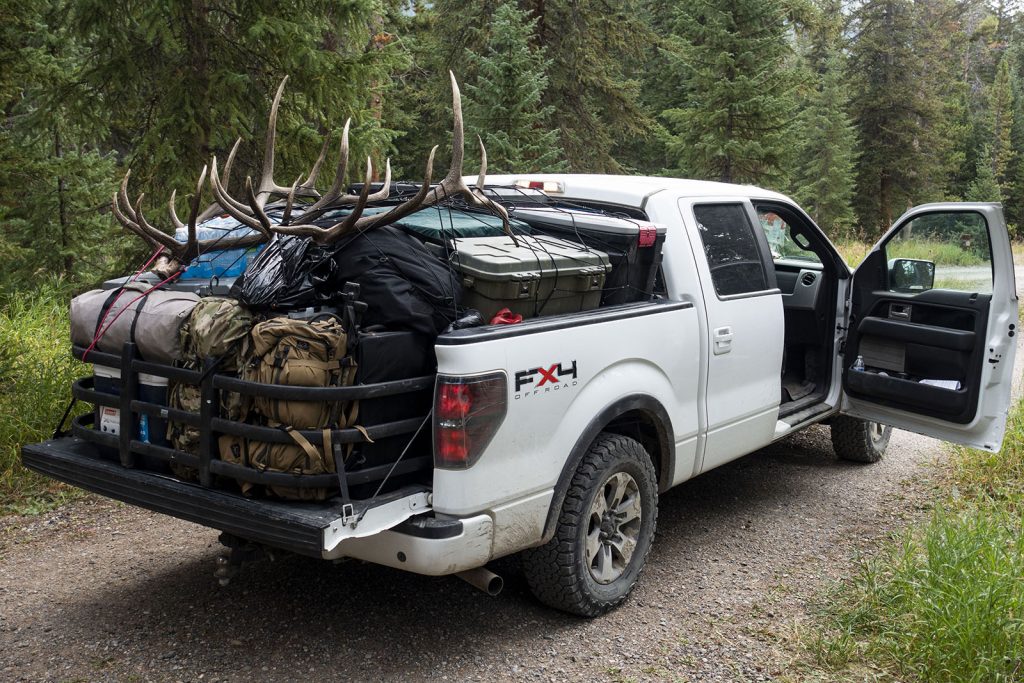
For a DIY driving adventure, however, 7-8 days is definitely going to be encroaching on the short side. If you’re anywhere east of Wisconsin/Illinois/Missouri (2,000 – 4,000 miles roundtrip), you’re going to need two days for driving each way to make it to the eastern-most elk states (Colorado, Wyoming, or New Mexico). Drive time alone for a two-way trip will use up the better part of 4 days, and there is a physical toll that sitting in a vehicle for 2 days takes on the body. This means, you might not simply hit the trailhead ready to make the most of your first day in elk country. For those of us who live in the west, we’re still looking at a full day of travel each way to get to most out-of-state destinations.
Six days of actual hunting time would be the minimum amount of time I’d consider for an out of state hunt. If you’re hunting with a partner, filling two tags in that amount of time could prove to be difficult. Add in packing and processing if you aren’t set up to transport an elk back home, and that could easily stretch into another 3-4 days. In a nutshell, it’s probably best to plan on a minimum of 8-9 days for an out-of-state hunt. For those who are traveling from the eastern side of the country, 12-14 would probably be more realistic.
COSTS
Ultimately, one of the greatest obstacles in planning an elk hunt often revolves around costs. If you’re hunting your home state, it can be pulled off relatively inexpensively. If you’re travelling across state lines, expenses can add up quickly. Fortunately, there are ways to pull off a successful elk hunting road trip without completely breaking the bank. Keep in mind that these are just average, estimated costs, and many factors can swing the actual cost in both directions – but usually upward. As you add on more amenities (guides, meat packers, hotels, etc.), the cost can climb rather rapidly. Here is a general breakdown of what to expect in terms of the costs for a DIY trip:
- Nonresident License/Tags – $800 (2022 prices: Colorado $701, Idaho $837, Oregon $760, Wyoming $692, Montana $934, Arizona $825)
- Fuel – $350 (based on a 2000-mile round-trip drive at 18 mpg and $3.00 per gallon)
- Essential Gear – $500 (updating gear, purchasing essential gear, etc.) – obviously, if you already have the gear, this can be minimized. If you don’t have anything other than a flashlight, you might need to spend a bit more.
- Groceries – $200
Total cost to go on the hunt – $1850
Having a partner with you will reduce the costs of fuel and maybe a little on the groceries, but cost-savings won’t be the greatest advantage of bringing someone with you. When you are successful, that extra helping hand (and back), will be far more valuable than the money you shaved off the fuel bill. And since I will be providing you with the tools you need to be successful, let’s go ahead and plan on these additional costs as well:
Meat Processing/Freezing – $250 – if you can do it on your own, great!
Taxidermy – $1000 – if you shoot a bull worthy of your living room wall, most taxidermists are going to charge you $800+ for a shoulder mount.
Realistically, I would recommend setting aside $2000 for an out-of-state elk hunt. You can shave a few dollars off that, but more than likely, you’ll end up adding a few by the time you get back home (again, depending on travel distance, etc.).
While $2000 isn’t something to scoff at, it also isn’t a mark that is completely unobtainable. Planning for a year or two, and setting aside $100-200 per month can bring the dream of elk hunting into realty in a short period of time. Work some overtime, pick up a part-time job, or simply cut coffee or cable TV out of your budget, and you’ll be elk hunting in no time!
DIY OR GUIDED?
If the idea of finding a needle in a haystack from a thousand miles away seems daunting, and you have some extra room in the budget, a guided elk hunt might be a great option for many hunters. However, depending on the level of services you need, these services will come at a price. Here are a few options to consider when choosing the level of assistance you will need:
- Fully-Guided/Outfitted
- Semi-Guided
- Drop Camp
- Pack-Out
Fully-Guided
Often simply referred to as a “guided hunt”, a fully-guided hunt is at the opposite end of the spectrum from a DIY adventure. On a guided hunt, it is the hunter’s responsibility to show up at a certain place, at a certain time, and with certain personal hunting gear. From there, the outfitter will handle nearly all aspects of the hunt, except the firing of the weapon.
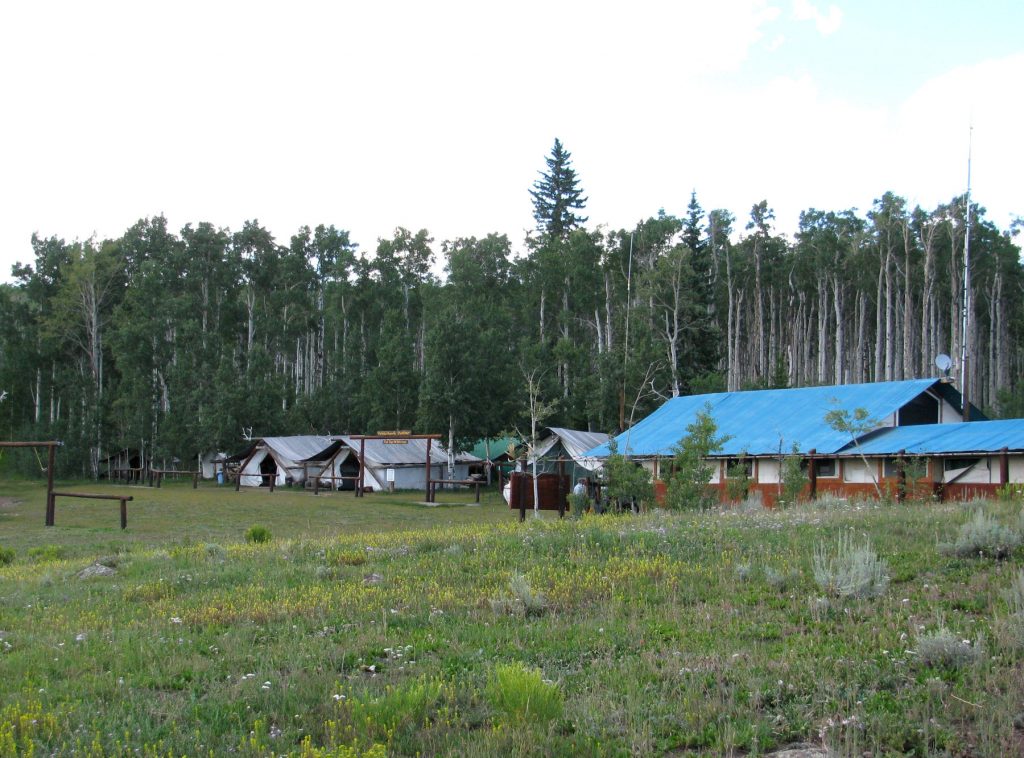
On a guided hunt, the outfitter usually handles the logistics of traveling to and from the hunting area, lodging, food, and some of the required hunting gear (cots, cooking gear, calls, etc.). The guides will locate game, determine the plan of action, perform calling, etc., and if the hunt is successful, the guides will process, pack, and preserve the meat.
The cost of a guided elk hunt often starts around $3,500 and quickly goes up from there, depending upon the area, services, and accommodations provided. The cost of a fully-guided hunt can be reduced somewhat if you are willing to hunt with another hunter (two hunters and one guide). If you want undivided attention from your guide, it’ll cost you more.
Semi-Guided
The difference between a fully-guided hunt and a semi-guided hunt has less to do with the logistics of travel, lodging, and gear, and more to do with the actual hunting. Typically, a semi-guided hunt will
provide the travel to and from the exact hunting area, the lodging while in the field, and often the food will be provided and prepared for you. A semi-guided hunt does not include the assistance of a hunting guide that is with you while pursuing elk each day. There is no guide calling elk for you, telling you when and where to move, etc. You, as the hunter, leave your outfitted camp each day to hunt on your own. A common cost for a semi-guided elk hunt is somewhere between $2,000-$4,000.
Drop Camp
A drop camp hunt is one in which a guide or packer will handle the logistics of getting you to and from your hunting location. An “outfitted” or “furnished” drop camp is one in which the guide or packer will pack you into one of their pre-set outfitted camps that includes shelter, firewood, cooking gear, and other basic tools and necessities. A non-outfitted drop camp is one in which the packer is transporting you and your gear (including your provided shelter and other necessities) to a designated hunting area.
Once at camp, there is no guide or other assistance to help you during your hunt. If successful, you will need to take care of processing the game in the field and get it to a pre-determined location where the outfitter/packer can access it by horseback and pack it back to the trailhead for you. A drop camp elk hunt will frequently cost anywhere from $1,500 to over $2,500, depending upon the equipment and accommodations provided.
Pack-Out
The final type of assistance that some hunters use is the limited service of having a packer called-in when the hunt is successful. This arrangement needs to be made before the hunt begins. To find a packer, start with locating guide services for the area to be hunted and contacting them to inquire about their packing services. Often times, the guide service will offer pack-out services since they will already have personnel and pack animals in the hunting area for their guided clients.
Because you will only need the packer’s services if your hunt is successful, you will need a means of contacting the packer once you get an elk down. This can cause some difficulties logistically, since you (and the packer) may or may not have cell service in the hunting area. Be sure you work with the packer to establish the best method of communication — satellite phone, cell phone call, texting, radio, or even their base camp locations where you can reach them in person. The cost to have a packer retrieve your elk and return it to the trailhead for you will frequently run $500 or so, and can vary based upon the difficulty of accessing the elk, the distance packed, and other factors.
TIMEFRAME
The last thing to consider in planning the logistics of your elk hunt is how soon you plan to go hunting. This will have an effect on your budget, as well as on the state you choose to hunt. If you want to hunt this fall and it is past the draw deadlines, your options will be limited to OTC tags or any landowner tags that haven’t been gobbled up. If you are planning a hunt for 4-5 years from now, you have time to start saving, as well as applying and building points in some states, which can increase the quality of your hunt.
Additionally, you should also consider how frequently you plan to hunt elk. If you want to go on an elk hunt once, or maybe just a few times throughout your lifetime, then the investment of time and money to acquire all the gear necessary for a fully self-sufficient, do-it-yourself hunt probably won’t make sense. If, however, you want to become an elk hunter that will return to elk country on a more frequent basis, investing in quality gear and spending the time to become self-sufficient will make more sense in the long run.
Just a word of caution: elk hunting is addicting! If your goal is to go elk hunting just once, you might want to have an alternative clause built into your plan to account for multiple return trips. Elk hunting gets in your blood, and will continue to call you back to the mountains each fall!
With realistic goals established, and a relative idea of what you want your elk hunt to look like, we can now move into the next phase – obtaining a tag.
Click 'Next Chapter' Below to move on to Chapter 2: Obtaining Elk Tags.
